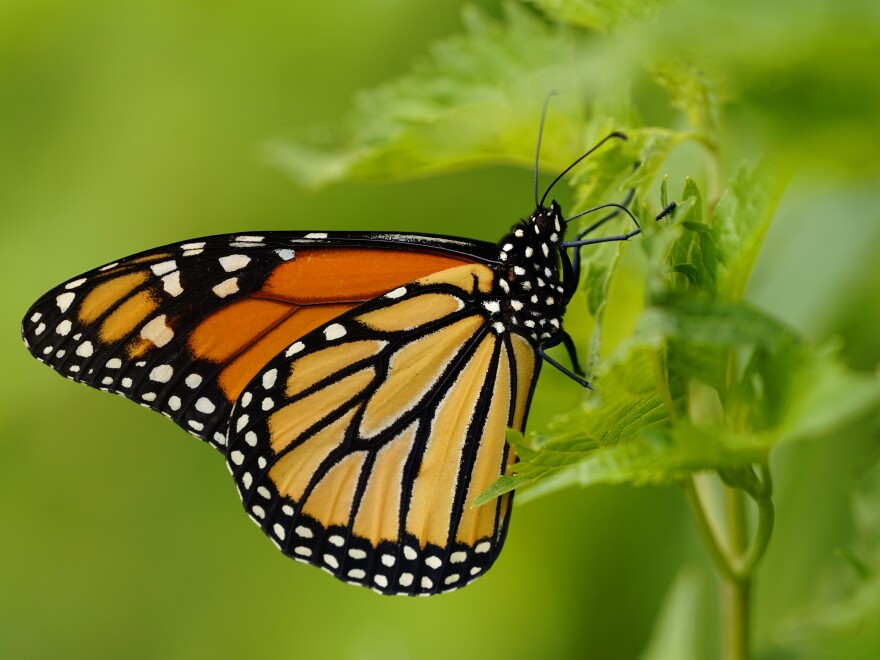Chances are, you’ve seen a monarch butterfly—with its bright orange coloring, black stripes, and white spots that speckle the perimeter of its wings.
Researchers say those white spots could change the airflow patterns of their flight and help monarchs travel long distances, according to a new study from the University of Georgia.
The study suggests that the more white spots a monarch has, the more successful they are at reaching their long-distance wintering destination, with further analysis showing that monarchs have significantly more white spots than their nonmigratory relatives.
Monarchs with more of these spots were the ones that made it nearly 3,000 miles away to south and central Mexico.
Authors of the study believe this long flight exposes their wings to more sunlight which causes them to evolve to have more of this white coloring.
Temperatures are rising which alters the solar radiation that reaches the Earth’s surface. This means monarchs will likely have to adapt to survive, one co-author of the study suggests.
But previous studies show that the summer populations of the monarch have remained relatively stable over the past 25 years. This population growth compensates for migration obstacles and changing environmental factors.




